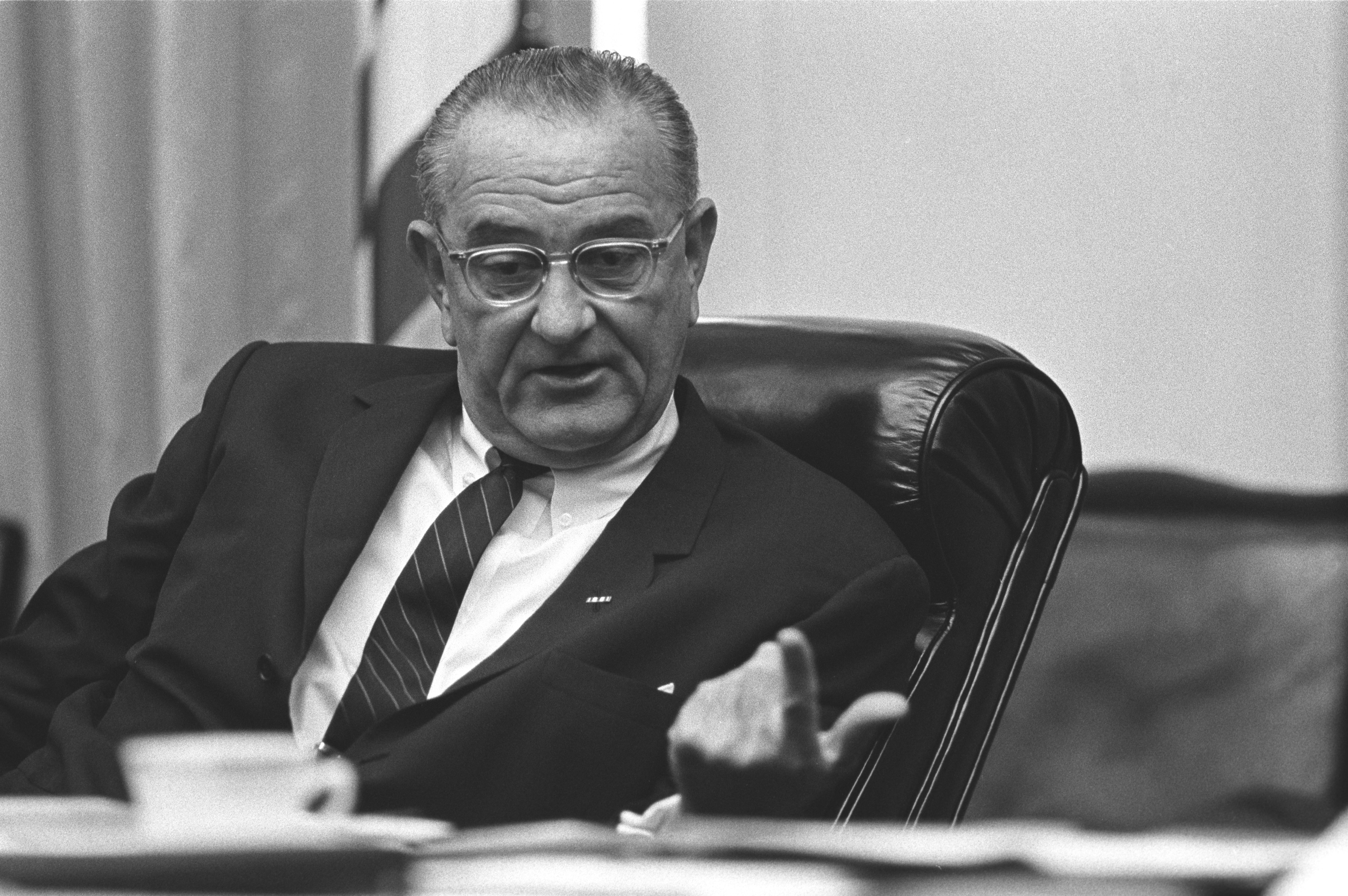February is traditionally viewed as the month of love, but many forget that this month should also be dedicated to their hearts in a more literal sense. As American Heart Month comes to a close, it is important to reflect and learn more about what individuals can do for their hearts as heart disease is nothing to ignore. It is imperative that people of all ages are educated about their health and how they can help others.
President Lyndon B. Johnson originally created American Heart Month in 1963 after the nation took a toll from a massive spike in heart conditions. Since then, health systems around the country have stepped up to spread awareness and offer free screenings and heart health events during the month of February.
Unfortunately, heart disease is still the leading cause of death for men and women in the United States, according to the Centers for Disease Control and Prevention, and every year, 1 in 4 deaths is caused by heart disease. With such a heightened prevalence, American Heart Month highlights the steps that every community needs to take.
Heart disease does not only occur in older adults. It is becoming more common for younger generations to suffer from heart-related conditions that can lead to heart disease such as obesity.
According to the CDC, 49 percent of Americans have at least one of the top three risk factors for heart disease — high blood pressure, high cholesterol and a habit of smoking.
Younger populations may believe that they have years, or even decades, before it is time for them to worry about heart disease. However, heart health awareness merits everyone’s attention at every age. Scary enough, the first sign of heart disease can often be a heart attack or even sudden death.
In the United States alone, someone has a heart attack every 40 seconds, according to the CDC, so it is important to know the signs and symptoms and how to care for someone experiencing a cardiac event.
The National Institute of Health explains that the signs and symptoms of an acute coronary event, such as a heart attack, could include chest or upper extremity pain, cold sweats, dizziness, weakness and shortness of breath. Whether acute or chronic, the NIH advises that emergency help be called immediately as all chest pain needs to be evaluated by a physician.
Thankfully, heart disease can be prevented when people make healthy choices and manage their health problems. Dietary substitutions for sodium can reduce the risk for cardiac events, as well as paying close attention to body composition, physical activity and stress levels.
Students should challenge themselves and encourage others to move more throughout the day, explore healthy hobbies such as evening walks, stay away from second-hand smoke and actively visit a physician each year for a checkup. Older adults and people with a genetic predisposition should go one step further than yearly screenings by obtaining imaging tests, which are often non-invasive.
Following a heart-healthy lifestyle will benefit one’s overall health. When you keep your heart healthy, you will also feel great and help yourself stay that way for years to come.
With continued awareness from important initiatives such as American Heart Month each February, communities, health professionals and families can work together to create opportunities for people of all ages to make healthier choices and to also spread awareness about the dangers of heart conditions and how to prevent them. Whether or not students experience heart disease symptoms, all hearts deserve the care and attention necessary to sustain a fruitful life.

